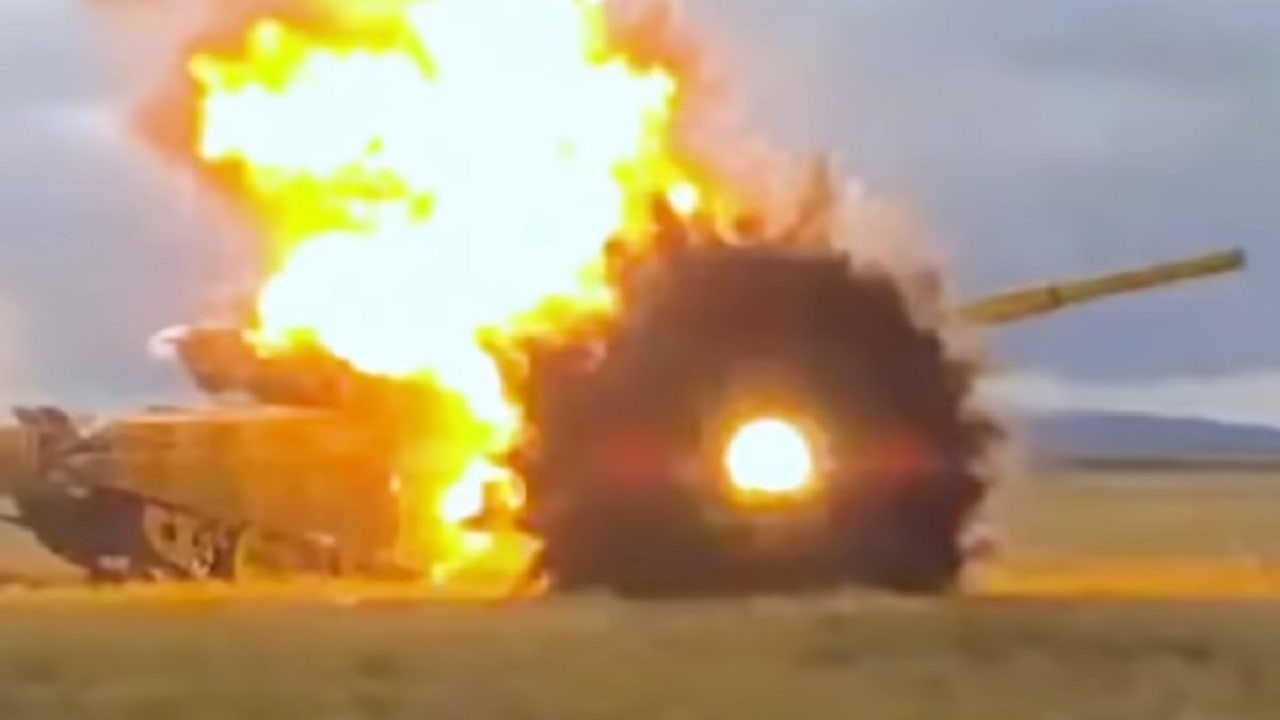Russian Attack on Kremenchuk Mall is Latest in a Spat of Missile Attacks – A June 27 strike on Kremenchuk’s Amstor shopping mall appears to have taken at least 20 lives and has been received by shock across Ukraine and its Western partners. While Ukrainian President Volodymyr Zelensky has denounced the attack and described its Russian perpetrators as “terrorists,” it is unfortunately but the latest in a series of strikes that have taken place in recent days across the country, many of which have also struck civilian facilities and locations.
What Happened in the Attack?
According to video evidence of the attack, the Russian strike on Kremenchuk occurred in broad daylight, when many civilian customers were present in the mall.
At the time of the attack, President Zelensky claimed that 1,000 people were inside the mall when it was attacked. 59 people were injured by the attack as well. Kremenchuk is far from the front lines in Donbas, and many shoppers there didn’t think they had any reason to believe that they might be the target of a Russian missile strike so far from the front.
The city is located on the Dnieper River and is located in central Ukraine partway between the city of Dnipro and the Ukrainian capital Kyiv.
Local and International Reactions
In addition to President Zelensky’s reaction, the European Union and assembled G7 leaders condemned the Russian attack and the civilian casualties it incurred. The European Union’s statement even went as far as to label the attack as a war crime.
Official and unofficial reactions to the attack from Russian officials and media have been scattered and uncoordinated. Russia’s Ministry of Defense officially denied having struck the mall directly, claiming that it was “non-functioning” and was instead damaged by explosions of ammunition dumps nearby which Russia had intended to hit.
In addition, Dmitry Polyanskiy the First Deputy Representative of Russia at the United Nations, claimed without proof that the attack was a Ukrainian provocation analogous to that of the massacre at Bucha and that the Ukrainian version of events was littered with “discrepancies.”
However, such claims fall apart at even simple, cursory fact checks of the nature of the attack and how local accounts and online evidence strongly suggest that the mall remained in use right up until the attack.
The Kremenchuk Strike in Context
As Russia struggles to make incremental advances in Ukraine’s Donbas, it has redoubled efforts to strike fixed targets across Ukraine to put pressure on Ukraine’s people, government, and industry.
According to the Ukrainian Ministry of Defense, two missiles fired from a Tu-22M3 bomber operating at standoff distance over Russia’s Kursk Oblast were used in the strike. This is in keeping with what has emerged as Russia’s preferred military strategy in its invasion of Ukraine where Russian bomber aircraft fire their missiles at targets located in Ukraine while themselves remaining in Russia for fear of Ukrainian air defenses.
Ukrainian authorities believe that Kh-22 missiles were used in the attack on Kremenchuk. Earlier in June, British Defense officials cautioned that Russia was increasingly beginning to lean on large, Soviet-era missiles such as the Kh-22 to strike targets in Ukraine. They also warned that using anti-ship missiles like the Kh-22 sharply raised the risk of civilian casualties and collateral damage, as they are poor-suited for ground-attack missions.
On June 7, Russian President Vladimir Putin hinted that Russian rocket attacks could pick up in tempo, threatening that the Russian military would strike “objects that we haven’t yet struck.” Kyiv became a frequent target of Russian cruise missile strikes thereafter, with dozens of missiles hitting targets all over the city (including a deadly apartment building attack) as recently as June 26. In a tweet, Ukrainian Foreign Minister Dmytro Kuleba claimed that the attacks were intended to be a signal to the G7 countries ahead of their meeting in Germany, which began on June 26.
While it is impossible to ascertain with 100% certainty the motives behind Russia’s slew of attack missile attacks on Ukraine, it appears that the Kremlin hopes to break the fighting capability of Ukraine, and is willing to fight dirty or carelessly to do so.
As it struggles to gain ground in Donbas, Russian forces have instead turned to strikes on targets far from the battlefields of Donbas in an effort to put pressure on the willingness and capability of the Ukrainian people to continue their opposition to Russia’s invasion.
Wesley Culp is a Research Fellow at the Center for the Study of the Presidency and Congress. He regularly writes on Russian and Eurasian leadership and national security topics and has been published in The Hill as well as in the Diplomatic Courier. He can be found on Twitter @WesleyJCulp.

